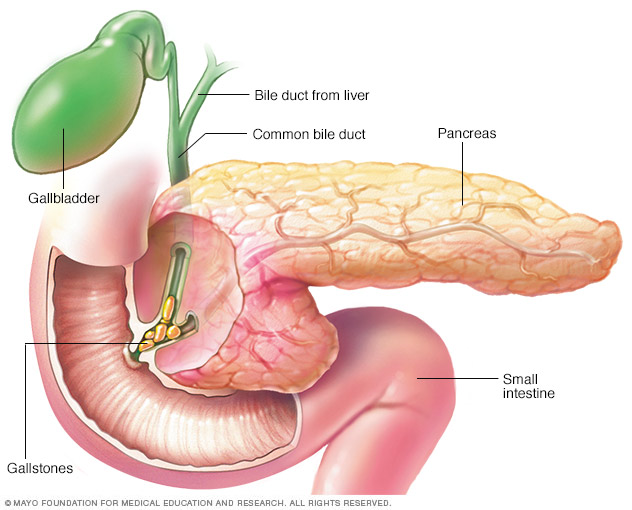Colon Detox Protocol
/7 Day Detox Challenge
LOOKING FOR A QUICK, NATURAL, SAFE, & EFFECTIVE WAY TO CLEAN YOUR COLON FROM TOXINS AND PROCESSED FOODS?
This 7-Day Detox Challenge will not only flush your system of impurities, but will also aid in weight loss and overall health. It is basically a modified vegetable fast with intensive nutrient support to help heal the digestive system and enhance the liver's ability to detoxify the body. Shaklee 180 Protein Smoothie or Shake enhance healing. Light exercise also helps to detoxify the body. Below are the supplements needed to get started. If you feel you need longer to detox, I would suggest following the 1-Month Detox Program. No artificial flavors, colors, sweeteners, preservatives, or fillers. All products are GLUTEN-FREE!
SUPPLEMENTS NEEDED
+ Liver DTX (#20616) One bottle provides 4 Detox Challenge uses.
+ Optiflora Probiotic (#20639) One bottle provides 4 Detox Challenge uses.
+ Fiber Plan Tablets (#20435) One bottle provides 2 Detox Challenge uses.
OR Fiber Plan Powder (#20307) One container provides 8 Detox Challenge uses.
+ OmegaGuard (#21252) One bottle provides 4 Detox Challenge uses.
+ EZ Gest (#20633) One bottle provides 4 Detox Challenge uses.
+ Alfalfa (#20153) One bottle provides 4 Detox Challenge uses.
+ HerbLax (#20144) One bottle provides 2 Detox Challenge uses.
+ Cinch Shake (4 flavors to choose from) One canister provides 1 Detox Challenge uses.
+ Cinch Energy Tea (2 flavors to choose from) One box provides 2 Detox Challenge uses.
DAILY SUPPLEMENT REGIMEN
Breakfast
+ Liver DTX (1)
+ Probiotic (1)
+ Fiber Plan Tablets (5)
OR Fiber Plan Powder (2 tsp...can add to your shake)
+ OmegaGuard (2)
+ EZ Gest (1)
+ Alfalfa (4)
Lunch
+ Liver DTX (1)
+ Alfalfa (3)
Dinner
+ Liver DTX (1)
+ HerbLax (4)
+ Alfalfa (3)
DAILY FOOD REGIMEN
Day 1:
+ 2 Shaklee 180 Smoothie (one at breakfast, one at lunch)
+ 2 Shaklee 180 Energy Teas (morning and early afternoon)
+ Fresh fruits, veggies (fresh or lightly steamed), nuts, beans, rice and other
+ whole grains/starches (sweet potatoes)
Day 2:
+ 2 Shaklee 180 Smoothie (one at breakfast, one at lunch)
+ 2 Shaklee Energy Teas (morning and early afternoon)
+ Fresh fruits, veggies (fresh or lightly steamed)
Day 3:
+ 2 Shaklee 180 Smoothie (one at breakfast, one at lunch)
+ 2 Shaklee Energy Teas (morning and early afternoon)
+ Fresh fruits, veggies (fresh or lightly steamed)
Day 4 - THIS IS THE HARDEST DAY:
+ 3 Shaklee 180 Smoothie (one at breakfast, one at lunch, one at dinner)
+ 2 Shaklee Energy Teas (morning and early afternoon)
Day 5:
+ 2 Shaklee 180 Smoothie (one at breakfast, one at lunch)
+ 2 Shaklee 180 Energy Teas (morning and early afternoon)
+ Fresh fruits, veggies (fresh or lightly steamed)
Day 6:
+ 2 Shaklee 180 Smoothie (one at breakfast, one at lunch)
+ 2 Shaklee Energy Teas (morning and early afternoon)
+ Fresh fruits, veggies (fresh or lightly steamed)
+ Begin to slowly add protein sources back into your diet (nuts, beans, fish,
+ chicken, turkey) by adding 1 of these sources to your dinner.
Day 7:
+ 2 Shaklee 180 Smoothie (one at breakfast, one at lunch)
+ 2 Shaklee 180 Energy Teas (morning and early afternoon)
+ Fresh fruits, veggies (fresh or lightly steamed)
+ Begin to slowly add protein sources back into your diet (nuts, beans, fish,
+ chicken, turkey) by adding 1 of these sources to your dinner.
+ Slowly add whole grains (breads, rice, oatmeal, quinoa, etc...) as desired.
DAILY TIPS
+ Drink lots of water every day! Remember, water is fiber's best friend.
+ Avoid red meat and dairy during the detox.
+ Juicing your veggies is an easy way to get a lot in.
+ You need 1 lb of vegetables for every 50 lbs of body weight to balance your pH.
+ Adding the juice to your Shaklee Energy Tea gives you a 2-for-1!
+ Continue to eat as natural as possible.
+ Reduce processed foods, sugar, red meat and white flour as much as possible.
MUST READ: This program was developed by Martha Willmore, a Wellness Coach, internationally known educator, and author in the field of complementary health care. It is not intended to take the place of medical advice and/or treatment.
For Guidance and to do this Program, please contact us.







